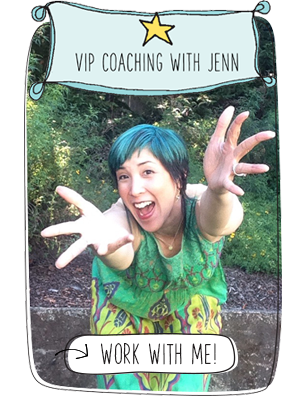Guest post by licensed Right-Brain Business Plan® Facilitator Ane Axford
It’s a thin line between useful structuring and grasping for control on a project that you are about to create for others. If you have your own business, you know that you are never ready. You just start. You also know that once it’s out the door, you can’t control it anymore in the same way.
Fear comes up if you are serious about what you are doing. Your sensitive body is calibrating whether or not it’s worth it to take on this endeavor. Your sensitivity can also be racing ahead to the “perfect” version of your project. Planning is how we manage this.
So, here you are sitting with this uncertainty and doubt, pregnant with possibility. Wanting to bring this thing into the world, and making plans like crazy.
How can you tell the difference between what’s useful and what’s a waste?
Here are some guides I have used ::
1.In the same way you can see all the steps for making a pancake from start to finish, can you see your project that way? If not, what part is hazy? Add the easiest and clearest step you can. Once you can see it this way, it’s probably good to go. If you find yourself focusing on toppings or what plate to use, then you are probably over-planning and you need to just get out the ingredients and start making pancakes already.
2.Are there people who are already asking for what you are going to create? If there is hunger for it, then it’s time to make it. It can evolve and get even tastier once the first version is out in the world. And if there are people starving for your offering, then you need to just give it to them and stop trying to perfect it. That will happen, later. If no one seems to care about or understand what you are thinking of creating, then it is important to keep planning and looking at something more basic that is already palatable.
3.Does it have a clear expiration date? Often when we are starting out projects, we don’t think about an end. We don’t realize that there will be a time when we have moved onto something else more appetizing. This can be a set-up for holding something together that’s past its prime. Decide when and how the best time to use it is, as well as when it ends. You may decide to do it a second time, but it’s better to decide that when you get there to revamp as needed. Start as small, easy, and tempting on any project as you can. If the usability of your project is ambiguous, get clearer on that before offering it. If you keep finding new things to add to make it bigger, last longer, and therefore be “better”, then it’s probably ready to go.
In summary :: serve it up fresh rather than overdone, serve up something rather than none.
______________
 Ane Axford is a licensed psychotherapist, clinical hypnotist, and highly sensitive CEO of sensitive + thriving, Inc. She utilizes holistic lifestyle services to serve those who have the genetic trait of high sensitivity in thriving wherever they may be, from struggling to leading with sensitivity. Ane is of our licensed Right-Brain Business Plan® Facilitators.
Ane Axford is a licensed psychotherapist, clinical hypnotist, and highly sensitive CEO of sensitive + thriving, Inc. She utilizes holistic lifestyle services to serve those who have the genetic trait of high sensitivity in thriving wherever they may be, from struggling to leading with sensitivity. Ane is of our licensed Right-Brain Business Plan® Facilitators.

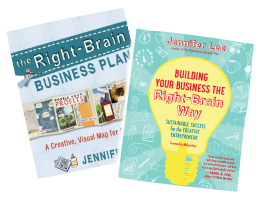
 Cass Mullane’s calm, comfortable approach consistently yields positive results for clients. Her business and personal coaching practice,
Cass Mullane’s calm, comfortable approach consistently yields positive results for clients. Her business and personal coaching practice, 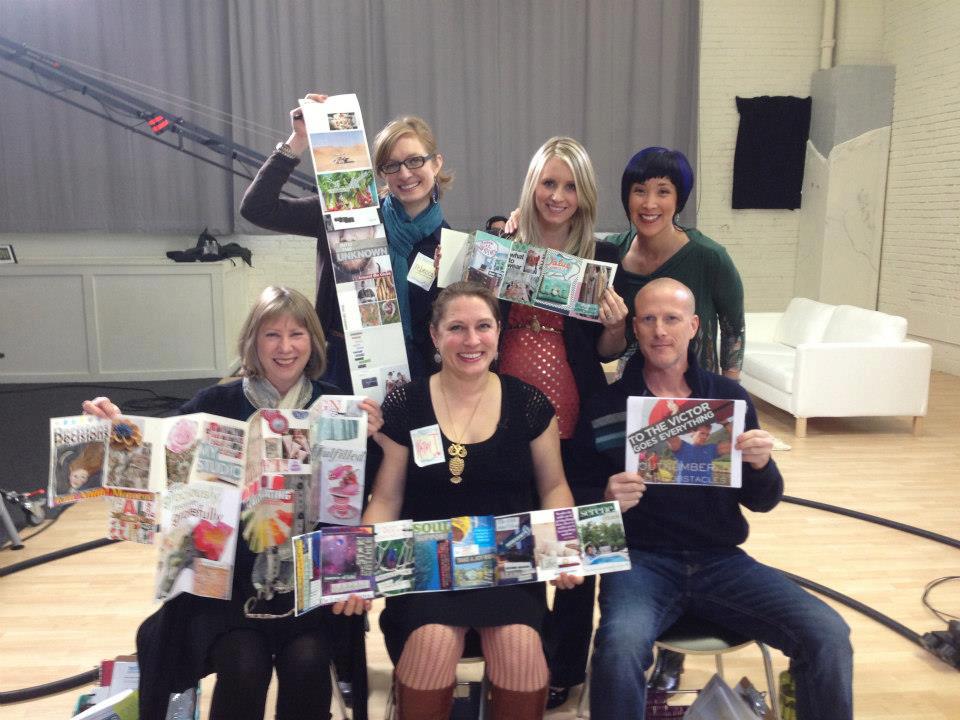
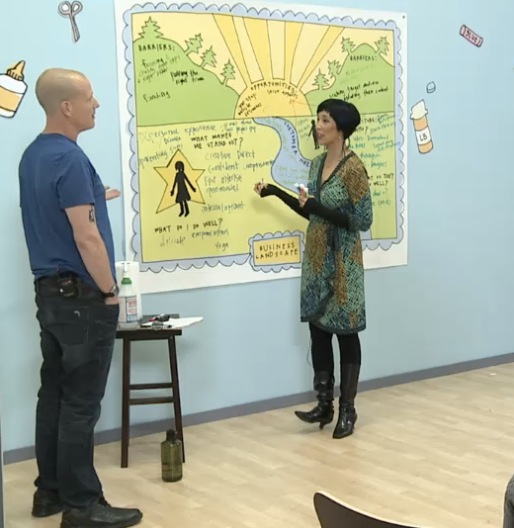
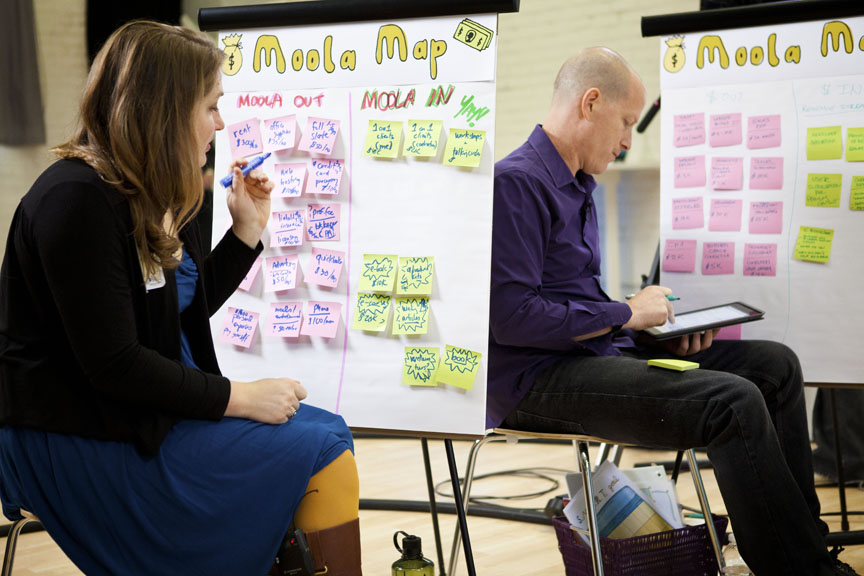
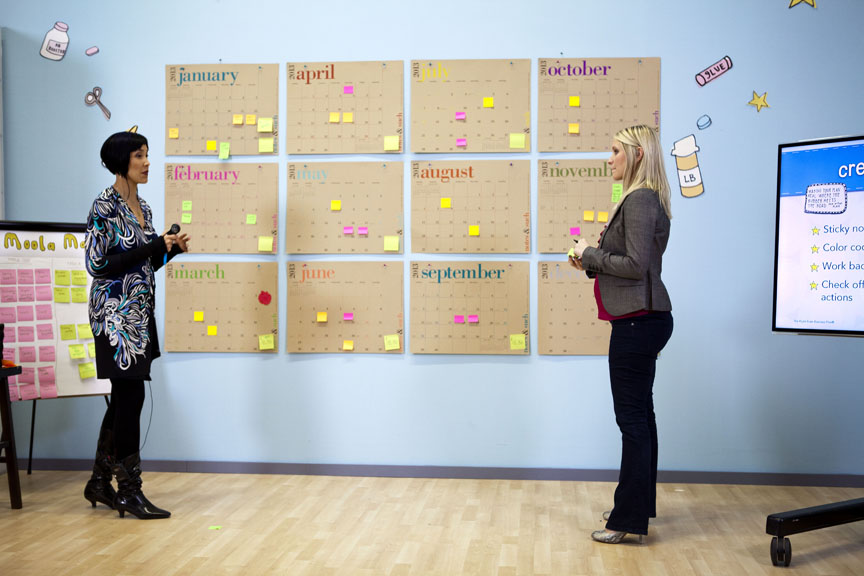
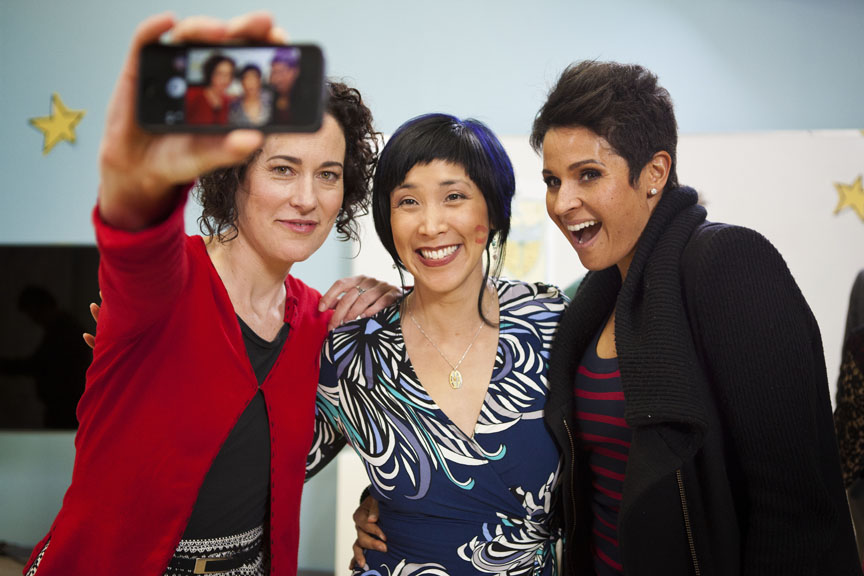
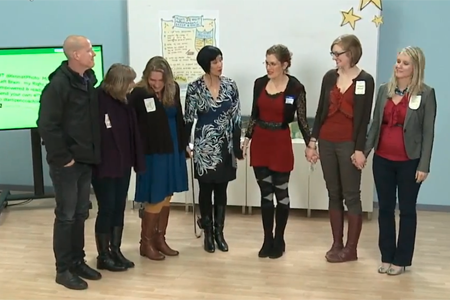

 Known for a contagious passion for excellence,a talent for practical business solutions, and a competence for being a motivational leader, Lorene Collier Purcy, is an author, speaker, business consultant & life coach. Whether it’s life balance or financial management, Lorene has been helping individuals realize their true potential and acts as their accountability partner, assisting them on how to effectively implement strategies to live the life they truly deserve. You can contact Lorene at lcpurcy@savvychicksrule.com or visit her online at
Known for a contagious passion for excellence,a talent for practical business solutions, and a competence for being a motivational leader, Lorene Collier Purcy, is an author, speaker, business consultant & life coach. Whether it’s life balance or financial management, Lorene has been helping individuals realize their true potential and acts as their accountability partner, assisting them on how to effectively implement strategies to live the life they truly deserve. You can contact Lorene at lcpurcy@savvychicksrule.com or visit her online at  Making way for creative action,
Making way for creative action,  I help heart-forward businesses create thoughtfully crafted plans for growth and sustainability. I love to inspire people to think critically, dream big, and clear out the cobwebs to let in the light and the joy! Wanna leave your soul-crushing job to start your own business? Check out my new book,
I help heart-forward businesses create thoughtfully crafted plans for growth and sustainability. I love to inspire people to think critically, dream big, and clear out the cobwebs to let in the light and the joy! Wanna leave your soul-crushing job to start your own business? Check out my new book, 